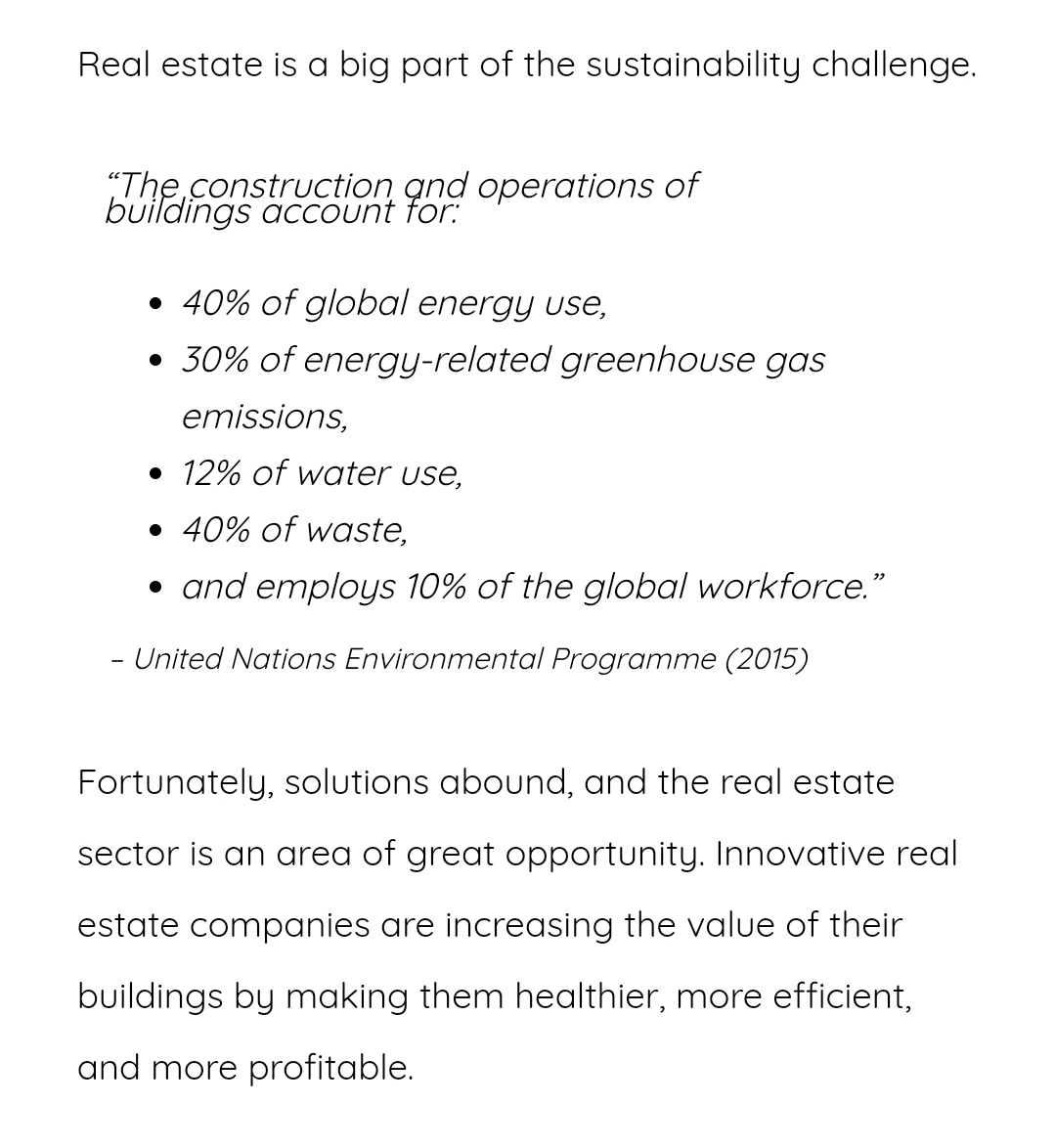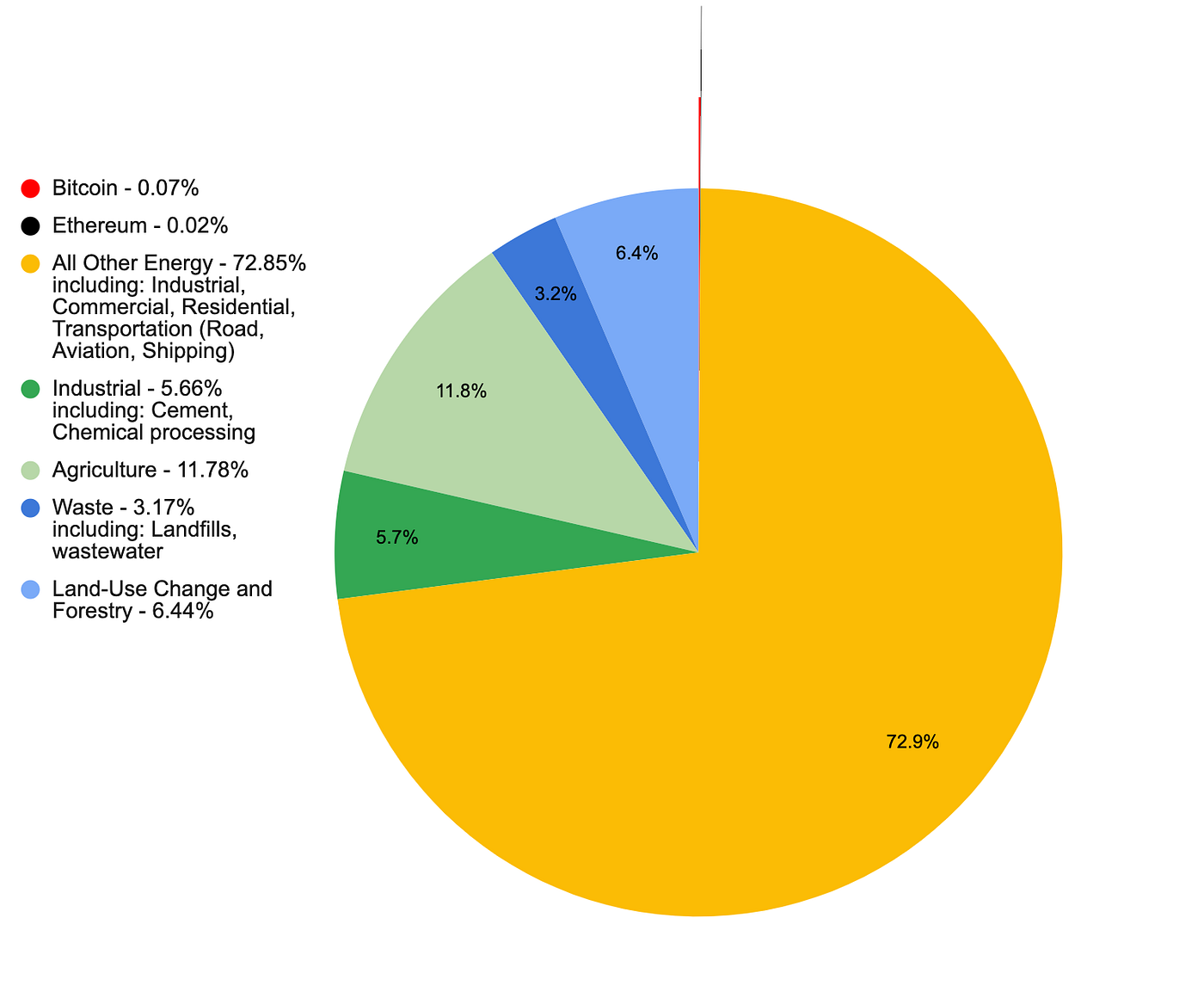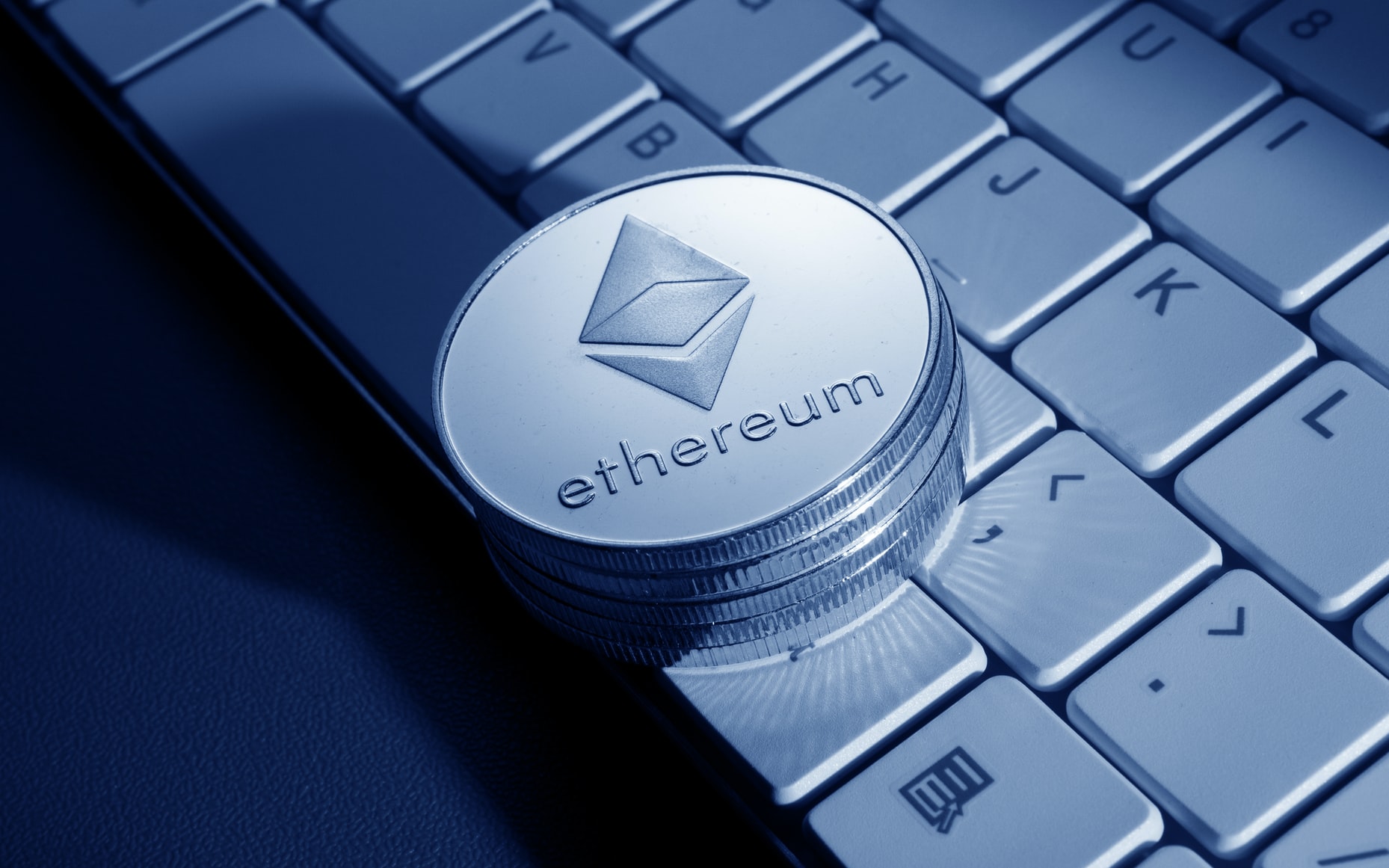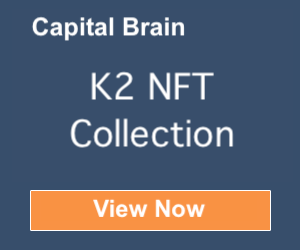CRE. ESG. NFT…
After my K2 expedition I released my own NFT collection. While working on it I had to do a lot of research: I am a believer in climate change and an advocate for better alternatives and there was just too much talk about NFTs being bad for the environment. Inadvertently, given my profession – I started comparing the carbon emissions of the buildings we are building to crypto/NFTs. So here are the results:
What’s NFT’s
It is a new investable asset class. Period.
By now we are all pretty familiar with the concept of NFTs. In short, NFTs although being a new concept, sit on top of the established technology – blockchain, which is one of the Seven Metatrends in Real Estate I wrote about recently. They are here to stay so it is your responsibility to familiarize yourself with the technology.
An NFT (non-fungible token) is a digital representation of a unique item on a blockchain, usually the Ethereum blockchain. Importantly, it’s a representation that you can own, It adds legitimacy to the digital file and where ownership can be transferred from one party to another. Of course, you can always make a copy of the digital file. It will still be just a copy. Just like you can always buy a replica of Mona Lisa but you will always know it is not a true Mona Lisa.
NFT Collection on opensea: Camp 2. 6,700 m/22,200 ft
Why invest?
Vanity, beauty, ROI.
Anyone can make a digital copy of a piece of artwork but there can only be one owner of the artist-minted NFT which represents that artwork. This is why an NFT is considered scarce and people are willing to pay money for it.
Whether NFTs represent any real value is debatable and remains to be seen. When NFTs prices dropped by almost 70% in April 2021, some of the artists’ work held up their own which suggests there can be an immerse long-term investment opportunity.
The NFT concept is so new and there is only anecdotal evidence about the returns and there are no clear patterns but most likely its value will stay tied to the value of the cryptocurrency. The true value of NFT is in its scarcity and at its core it is essentially speculation just like with any other investment. At this point there are both legitimate collectors of digital art and investors hoping to hold for long-term and resell at a profit.
As for the argument about NFTs being a Ponzi Scheme, it doesn’t really hold up: everyone joins the marketplace at will, there is no mastermind on top who recruits participants and everyone can convert the crypto holdings back to fiat money any time. Despite China announcing all crypto transactions illegal, there are signs that digital currency are going mainstream thus there is no collapse in the near future.
NFT Collection on opensea: Camp 3. 7,330 m/24,000 ft
Environmental impact
By now you have probably heard that Bitcoin, crypto currencies, crypto art, and NFT’s are bad for the environment.
Without getting into any arguments about how to calculate the CO2 emissions. Here are the main points:
1. NFT does not add to the energy consumption and the CO2 emissions. Once minted it is run on the Ethereum blockchain which would be running regardless of any NFTs being minted on it.
2. Blockchain adds – wait for it – 0.45% of the entire energy consumption compared to the 40% of real estate. “Bitcoin (BTC) is estimated to have annual energy consumption in the range of 80–120 TWh, which is about ~0.45% of the world’s entire electricity production.”
But if we look at the digital currency contribution into the overall digital space, the picture stays the same.

For me as a real estate professional the most disturbing graph is below:

Forget crypto. The built world currently contributes 30% of global annual greenhouse gas (GHG) emissions and consumes around 40% of the world’s energy, according to the UN Environmental Program.

Bitcoin and Ethereum are only tiny contributors to the overall Energy Consumption pie.

For years the climate change for all of us in the real estate industry has been more about the cost rather than a contribution to climate change. But now as we all see the impact of extreme weather conditions and thus the rising costs of clean ups and insurances, which in turn effect the long-term returns. Luckily, the awareness that real estate can have a huge positive impact is growing.
The ideas of green buildings are being implemented in order to reduce emissions and build responsibly. Sustainability has grown absolutely vital for real estate investors. ESG is only going to spread even more, continuing to influence the real estate valuation. In turn, ESG will be shaping real estate investments.
Handling ESG issues is vital for any successes in the long-term, as the market is constantly changing and becoming more competitive. There are several European operators who released a highly detailed plan on exactly how the will attain a net-zero portfolio. Here are some ideas:
1. Through operational emissions located within every single building in the portfolio, e.g. by investing in the smart energy management technology to keep buildings at an ideal temperature, lighted, ventilated and powered — so that properties consume as little energy as possible;
2. Invest in products that produce renewable energy;
3. Strengthen the supply chain engagement (indirect emissions), helping the suppliers when switching to low-carbon materials or methods;
4. Advocate through your professional organization for the global net zero building standards across major market participants, investors, developers, designers and occupiers to drive demand;
5. Support local regulation forcing the issue;
6. Make peace with tenant demand for carbon-free buildings;
7. Preferential debt and equity capital allocation toward “greener” portfolios
8. In construction the use of better materials that have a lasting environmental impact.
As a real estate professional I build buildings in a sustainable manner. With AI I look for ways to make real estate investing more efficient thus cutting transactional costs.
As a mountaineer I see every year rock where there used to be a glacier, hence my NFT alpine collection – to share the beauty of the mountains.
Image credit:
Sources:
https://medium.com/superrare/no-cryptoartists-arent-harming-the-planet-43182f72fc61
https://www.theverge.com/2021/3/15/22328203/nft-cryptoart-ethereum-blockchain-climate-change
https://www.wired.com/story/nfts-hot-effect-earth-climate/

